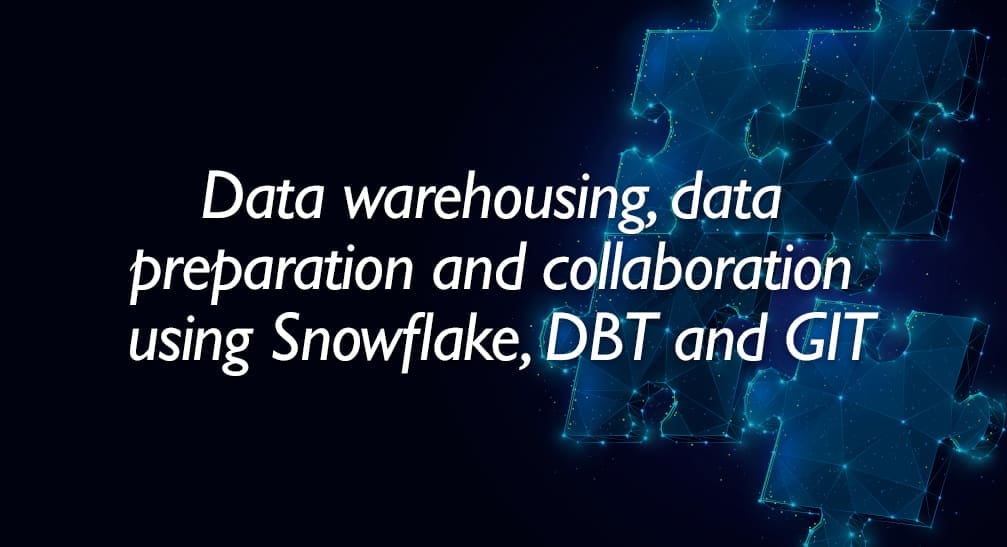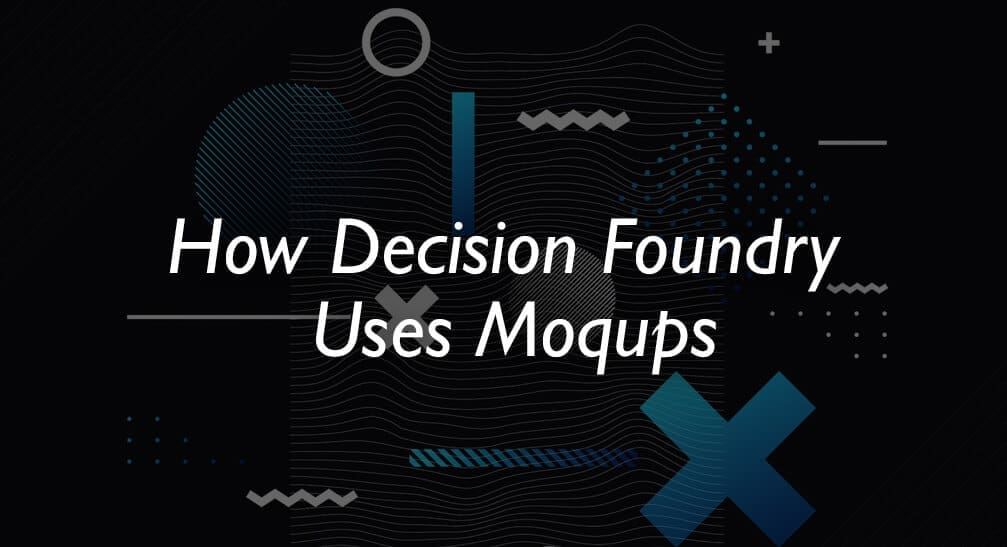Artificial intelligence is becoming a revolutionary force in the fast paced, ever evolving field of business intelligence and analytics (BI&A). Thanks to advanced algorithms and machine learning capabilities, Generative AI technologies now have the potential to perform data analysis, decision-making, and predictive modeling.
It has definitely become a game changer for having the ability to process vast amounts of information, identify correlations, trends, and anomalies, suggest missing values, create personalized recommendations, all very quickly and quite accurately.
Feed AI some historical data, and it will use its predictive models to produce forecasts of future trends and outcomes, giving organizations the ability to plan ahead and proactively develop strong business strategies.
All of that was simply data analysis.
We have now progressed into the times of Generative AI, where, apart from analyzing, machines can produce synthetic data that mimics real-world data patterns. This has helped in addressing the common issue of data scarcity, which typically becomes an obstacle for quality analysis. By augmenting datasets, BI professionals can now improve the accuracy and robustness of their models, leading to more reliable insights and predictions.
And it doesn’t stop there. Generative AI has reinforced the visual communication space as well, by showing its ability to create realistic, detailed, and interactive data visualizations suited to specific preferences, giving BI professionals the confidence to present insights in ways that are both understandable and visually engaging at the same time.
This has not only enabled better communication of insights, but the overall stakeholder experience has also improved as well.
Speculations about job displacements
History has shown that technological advances can lead to certain job roles becoming obsolete or significantly reduced in demand. Tasks that were previously performed by humans can now be done more efficiently and cost-effectively by machines. So, concerns about job displacement, loss of control and ethical dilemmas surrounding AI algorithms are all very justified.
But here’s what we often overlook – while the fear of AI may be valid, it is equally important to recognize that embracing technology can lead to empowerment rather than disempowerment.
Yes, generative AI can automate many tasks and generate content, but the control ultimately lies with the humans who design, train, and deploy the AI models. Its actions and outputs are influenced by the data it is trained on and the instructions provided by its human creators.
The human element
Generative AI can use its advanced technology to perform data analysis and generate creative data visualizations that are visually appealing. However, the true value and insights they provide will ultimately come from human interpretation and context. Here’s why human involvement is crucial in making data communications insightful:
- Contextual Understanding – Data communications generated by AI may show complex patterns or correlations, but due to domain knowledge, humans are better equipped to interpret and explain these patterns, considering real-world factors and causality, which AI may miss without proper contextual understanding.
- Decision Making – HHh AI-generated visualizations can inform decision-making processes, but the final decisions and making the right choices still rests with humans. Humans can strategically ask critical questions about the data and the insights presented in the visualization, to explore further and seek answers to specific queries, guiding the analysis in a meaningful direction.
- Emotional Intelligence – Data communication has the power to impact human emotions and perceptions. Now, Generative AI may be able to create aesthetically pleasing visuals, but it’s the humans who can truly consider the emotional impact, empathize with the audiences, and tailor communications to their needs, ensuring insights are delivered in a sensitive and meaningful way.
- Addressing Biases – AI algorithms are only as unbiased and fair as the data they are trained on. Human involvement is always going to be essential to identify and address any biases present in the AI-generated data or visualizations, to ensure that insights shared with stakeholders are accurate and unbiased.
Embracing Augmented Intelligence
AI that we commonly know as Artificial Intelligence, has basically transformed into Augmented Intelligence, also known as human-in-the-loop.
The idea of Augmented Intelligence is to enhance human capabilities through the use of artificial intelligence technologies. It’s not about replacing the expertise of humans with automation, rather it is about empowering collaboration between humans & AI systems to leverage data-driven insights effectively and achieve better results.
This needs to be viewed from a positive angle. The most successful BI&A implementations acknowledge that augmented intelligence is the path to transformative results.
Think about Generative AI as an asset that can support and enhance the decision-making process, and help businesses achieve their business goals.
Trust is vital in any relationship, including the collaboration between humans and AI.So, rather than shying away from AI due to fear or misconceptions, BI professionals should take an active role in learning about the technology and involve themselves in a feedback loop where they can identify limitations in AI models, and work on improving AI generated insights to adapt to changing business requirements and emerging trends.
Fear of the unknown
Change is an inherent and inevitable part of life. We cannot predict the future of AI with absolute certainty. It is rapidly evolving, and its impact on society, including job displacement, is definitely subject to various factors and complex situations.
But also understand, change often brings with it new opportunities. While we need to be aware of the potential challenges posed by AI and automation, there is no need to succumb to fear. Instead, view AI as the revolutionary tool that can augment human capabilities and redefine job roles.
In conclusion, if you wish to remain relevant in the job market, you should start with a mindset of growth, resilience, and adaptability, and continue upskilling yourself by staying updated with emerging trends.


